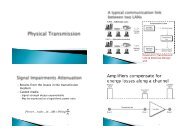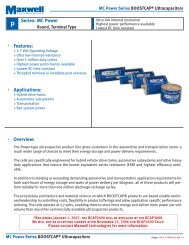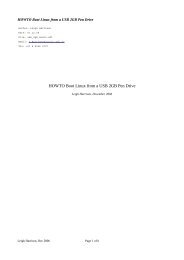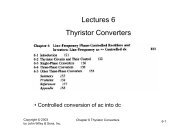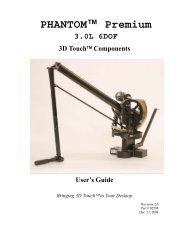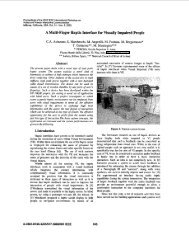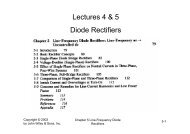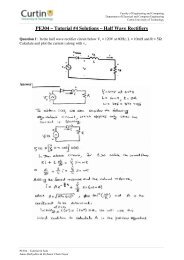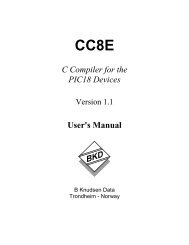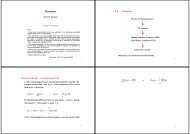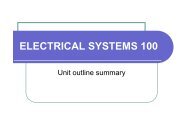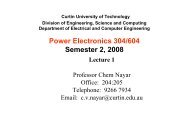2007 PhD Thesis Final Revised.pdf - Curtin University
2007 PhD Thesis Final Revised.pdf - Curtin University
2007 PhD Thesis Final Revised.pdf - Curtin University
Create successful ePaper yourself
Turn your PDF publications into a flip-book with our unique Google optimized e-Paper software.
seen as applicable to the development of commercial products, such as travel aids<br />
for blind and vision impaired people ("Ultrasonic Sound Information", 2005). The<br />
implementation of electronics in mobility devices relied on the possibility that if<br />
electronic signal-based technology could detect objects underwater, the same<br />
technology could be used by blind people to detect objects when walking. As a result<br />
of this train of thought, based largely on the dominant medical model-based social<br />
category, the adaptation of existing electronic technologies was used to benefit<br />
people with vision disabilities. This development provided great enthusiasm in the<br />
hope that technologies originally designed for destruction could result in potentially<br />
beneficial products (Hollier, 2004).<br />
The creation of electronic-based devices to assist people with disabilities<br />
became known as assistive technology or adaptive technology. Assistive technology<br />
is designed to temporarily modify a product into an accessible format, while adaptive<br />
technology is designed to permanently change a product to ensure accessibility<br />
(Australian National Training Authority, 2005). The shorthand term AT is generally<br />
used to describe either assistive or adaptive technologies, with ‘assist’ being defined<br />
as “to give support, to aid, to help” (Bryant & Bryant, 2003, p2). AT, then, is the<br />
method by which the practical implementation of technology helps and supports<br />
people. The development of AT can be separated into two parts: innovation-based<br />
products in which products are created specifically for people with disabilities; and<br />
adaptation-based products which involve making existing products accessible for<br />
people with disabilities (Kumar, Rahman, & Krovi, 2005). Although the ultrasonic<br />
technology used to create a new mobility aid is based on existing technology, it is not<br />
designed to make a mainstream device accessible to people with disabilities and is<br />
therefore classified as an innovation-based device.<br />
The main goal for an AT product is transparency. If a product can be used<br />
effectively without training, then it is deemed to be a successful AT product (King,<br />
1999). The use of ultrasonic signals in a mobility aid was believed to have the<br />
potential of becoming an effectively transparent product and so commenced the<br />
development of many types of Electronic Travel Aids (ETAs). The development of<br />
ETAs through the 1960s, 1970s and 1980s was significant in that ETAs were the one<br />
of the first groups of electronic devices developed for people with vision disabilities.<br />
44



